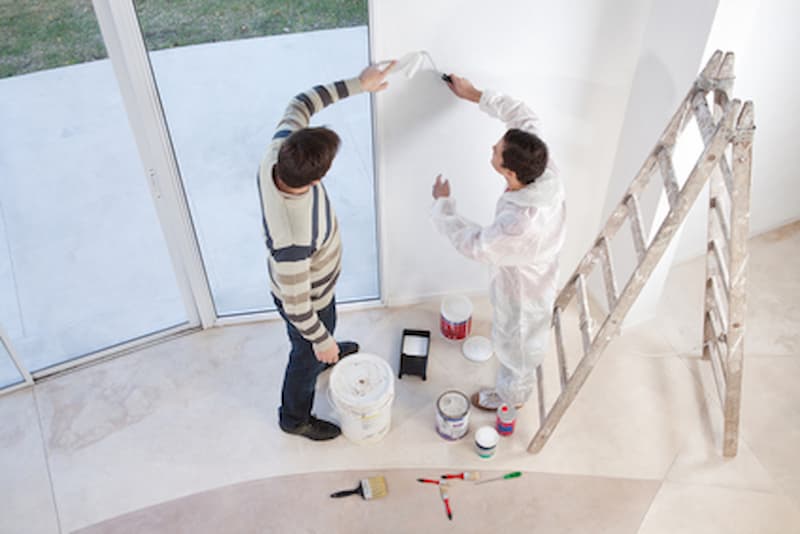The Interior Painting Process Explained

Interior painting can transform a space, giving it a fresh and inviting atmosphere. Whether you're looking to update a single room or revitalize your entire home, understanding the professional interior painting process can help you appreciate the work involved. Here's a step-by-step breakdown of the interior painting process, detailing what to expect when you hire a professional painting company.
-
Initial Consultation
The process begins with an initial consultation, where the painter discusses your vision, color preferences, and specific requirements. This meeting allows for a thorough evaluation of the space, helping to determine the scope of work, materials needed, and an estimated timeline for completion.
-
Surface Preparation
Surface preparation is a crucial step in achieving a long-lasting finish. This involves:
- Cleaning: Removing dust and dirt to promote paint adhesion.
- Repairing: Filling holes and cracks with spackle or putty.
- Sanding: Smoothing out repaired areas and existing paint.
- Priming: Applying primer to enhance paint adherence and cover imperfections.
-
Color Selection
Choosing the right colors can significantly impact the ambiance of your space. Professionals often assist clients by providing samples or swatches, allowing you to visualize how different colors will look under various lighting conditions.
-
Protecting the Space
Before any painting begins, it's essential to protect your home. This includes:
- Moving furniture and covering it with drop cloths.
- Taping edges of trim, windows, and doors for clean lines.
- Laying down drop cloths on floors to catch any drips.
-
Painting Application
Once preparations are complete, the actual painting begins. This typically involves:
- Cutting In: Using brushes for precision around edges and corners.
- Rolling: Applying paint to larger areas with rollers for an even coat.
- Multiple Coats: Assessing the need for additional coats to achieve the desired color depth.
-
Drying and Curing
After the first coat is applied, drying time is crucial. Professionals follow manufacturer guidelines to ensure the paint dries properly, which is essential for achieving a smooth finish and avoiding peeling.
-
Final Touch-Ups
Once the paint is dry, a thorough inspection is conducted to identify any missed spots or imperfections. Touch-ups are performed to ensure a flawless appearance, leaving no areas overlooked.
-
Cleanup
Cleanup is an important final step in the process. This includes:
- Carefully removing tape to avoid pulling off paint.
- Cleaning brushes and rollers.
- Disposing of waste materials responsibly.
-
Final Walk-Through
A final walk-through with the client allows for any concerns to be addressed. This is the time to ensure that the client is completely satisfied with the work done and to make any necessary adjustments.
-
Follow-Up
After the job is completed, professionals often follow up to provide care instructions for maintaining the painted surfaces. This post-project check-in helps ensure that any issues are addressed and that you remain satisfied with your newly painted space.
Understanding the interior painting process can enhance your appreciation for the craftsmanship involved. By following these steps, professionals ensure that your home not only looks great but also stands the test of time. Whether you're considering a paint job or simply curious about the process, this breakdown highlights the importance of each phase in achieving a beautiful finish.
Want to Transform Your Home or Business? Contact Our Painting Company In Port Orange Today!